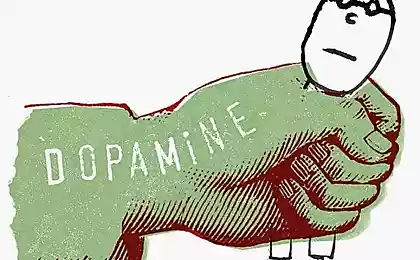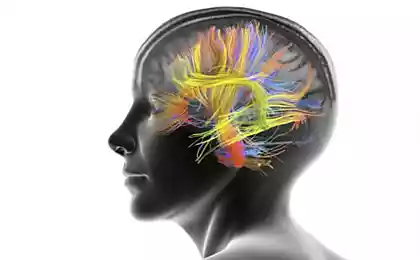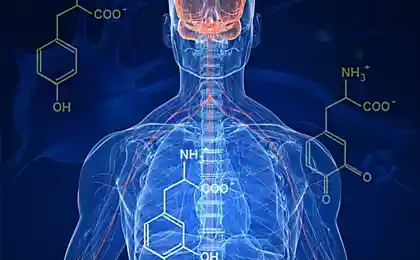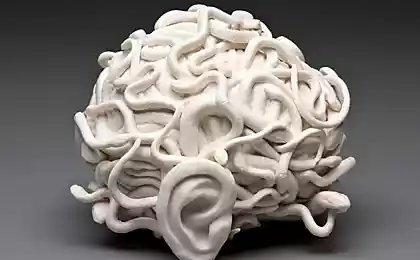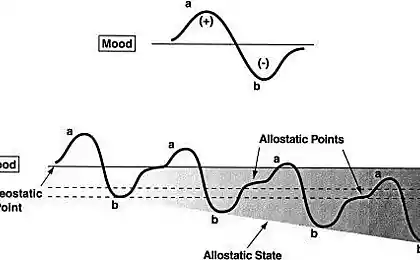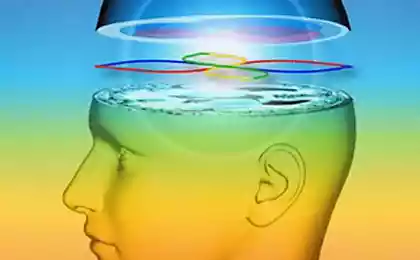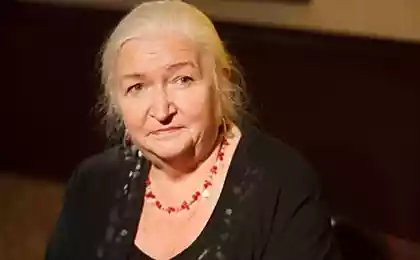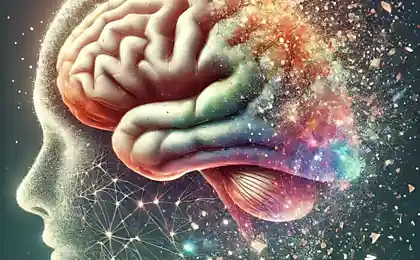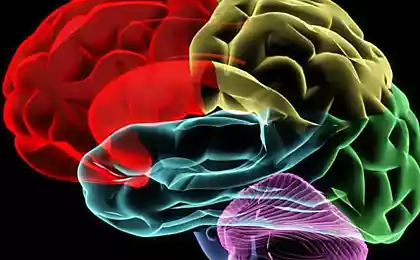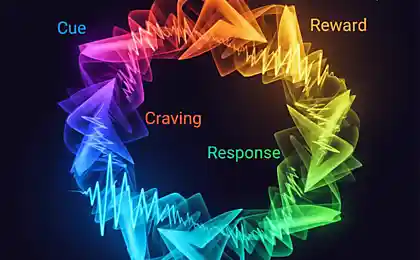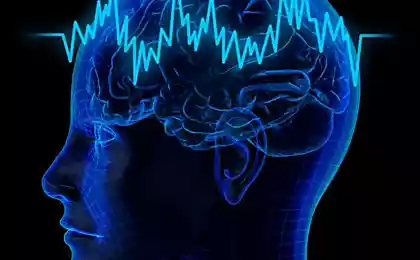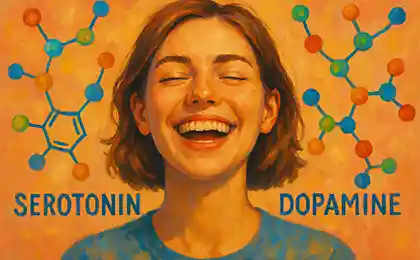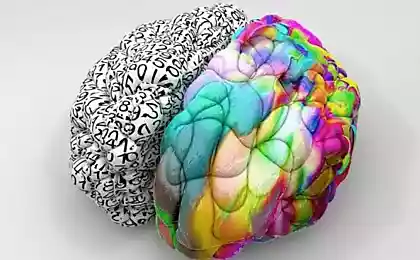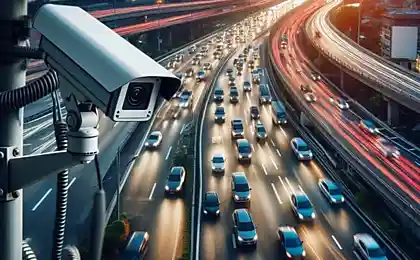47
10 brain mechanisms responsible for habits and choices
Revealing the secrets of the neurobiology of behavior

Every morning, choosing what to wear or making global life decisions, we are convinced of our free will. But behind the scenes of our minds, there's an amazing director -- a brain that creates scripts, prioritizes and generates automatic responses. While we are busy with our daily activities, he molds step by step what we call ourselves: our behaviors, habits, desires, and even weaknesses.
Modern neuroscience has opened the veil of these processes, showing that our brain works as a complex system of interconnected mechanisms. Understanding these processes gives us a unique opportunity not only to get to know ourselves better, but also to learn how to manage what seemed unchangeable.
Basal ganglia - architects of automatism
ми Habit Management Center
Basal ganglia are a kind of energy-saving center of the brain. Their task is simple and ingenious: turn repetitive actions into automatic programs to free up consciousness for more important tasks.
Imagine an experienced pianist whose fingers dance on keys without conscious control. This is the work of the basal ganglia — they have recorded the sequence of movements and now reproduce it automatically. But this system also has a dark side: it does not distinguish between good and bad habits.
When you smoke after coffee or mindlessly flip your phone before going to bed, the basal ganglia simply carry out the program. They don't care if it's useful or destructive.
Practical advice: To change a habit, offer your brain a new, equally simple and repetitive alternative. Replace smoking with chewing gum, and mindless scrolling with reading a few pages of a book.
The prefrontal cortex is the command center of self-control

The prefrontal cortex is our inner adult responsible for planning, self-discipline, and logical thinking. When you weigh the pros and cons of an important decision, or force yourself to get off the sofa for a morning run, that area is activated.
But the prefrontal cortex has a significant drawback - it quickly depletes. Hunger, lack of sleep, stress, or emotional stress weaken its function, and then control goes back to automatic basal ganglia programs.
- Exercise Self-Control Like a Muscle – Start Small
- Make important decisions in a state of rest and satiety
- Create an environment where the right choice becomes easier than the wrong one.
Dopamine is the fuel of motivation
A system of desires and expectations
Dopamine is often referred to as the “pleasure hormone,” but this is not entirely accurate. In fact, it signals anticipation of reward, creating motivation to act. It is the expectation, not the pleasure itself, that drives us forward.
When you think of a favorite dish, dopamine is thrown away before the first bite. That's why you check your phone a hundred times a day -- not because there's something interesting there, but because it might. This dopamine loop underlies many modern addictions.
The brain learns through reward. Do you want to form a useful habit? Make it pleasant. Link the workout with your favorite music, and the study of new material with a cozy atmosphere and delicious tea
Amigdala, the ancient security guard
The amygdala is our inner watchman, inherited from distant ancestors. It instantly scans its surroundings for threats and can block any new ventures it deems dangerous. Public speaking, meeting new people, changing jobs can all be perceived as a potential threat.
️ Bypass strategy: Do new things through the familiar. Go to the gym with a friend, start eating the right foods, break down big goals into microsteps. The less the amygdala “sees” the threat, the less resistance you will encounter.
The hippocampus is the keeper of contexts

The hippocampus creates associations between behavior and context. If you are used to falling asleep with your phone in your hands, your brain perceives the bed-phone bundle as a single unit. That’s why it’s so hard to change behavior in a normal environment.
The secret to successfully changing habits often lies in changing context. Change the place, time, or concomitant activities, and the hippocampus will be less “remindful” of old patterns of behavior.
The reward system is the pleasure trap
This system works as a sophisticated trap: if an action brings quick pleasure, the brain tends to repeat it, even if it is harmful in the long run. Modern technology has learned to exploit this feature of our brain with frightening efficiency.
Social networks, games, fast food – all this activates the reward system stronger than natural joys. But this pattern can be rewritten by teaching the brain to find pleasure in useful actions.
Orbitofrontal cortex – internal analyst
Centre for Impact Assessment
This area helps to compare immediate desires with long-term consequences. Eat a cake or keep a figure? Watch another episode or get some sleep? The developed orbitofrontal cortex allows you to postpone pleasure for a more important purpose.
- Ask yourself, “How will I feel in an hour/day/week?”
- Visualize the long-term consequences of your decisions
- Practice mindfulness in moments of choice
Neuroplasticity – the ability to transform
One of the greatest discoveries of neuroscience is the ability of the brain to change at any age. Each new experience, each repetition creates and strengthens neural connections. At first, the new path seems difficult and inconvenient, but with each "pass" it becomes more and more wobbly.
The key to change: Patience, persistence and repetition. The more often you “drive” on a new neural track, the less you want to go back to the old one. Give your brain time – it usually takes 21 to 66 days to form a habit.
Network of passive mode of the brain
When you are not busy with a specific task, the default network turns on – it begins to scroll through old scenarios: self-criticism, anxious fantasies, regrets. It is from this “mental noise” that internal conflicts and self-destructive patterns often grow.
Regularly shift your attention from your inner experiences to the outside world. Walking in nature, exercise, creativity with your hands – all this helps to “get out of your head” and interrupt negative thought cycles.
Mirror neurons – the mechanism of imitation
Social education system
When you observe another person, mirror neurons are activated as if you were performing their actions yourself. That is why we involuntarily adopt intonations, gestures, habits and even the worldview of people around us.
Do you want to grow and develop? Surround yourself with those who have already achieved the desired results. Your brain will naturally copy their behavior and thinking patterns.
Conclusion: Your brain is your ally
Understanding these ten mechanisms turns your brain from a mysterious adversary to an understandable ally. You are no longer a victim of your habits and impulses, you are a director of your own life, knowing how the scenery and actors work on the stage of consciousness. Use this knowledge wisely, and your brain will be a powerful tool for making the changes you want.
Glossary of terms
Basal ganglia A group of brain structures responsible for the formation and execution of habits, as well as for the control of movements.
Prefrontal cortex The area of the frontal lobe of the brain responsible for planning, self-control, decision-making and working memory.
dopamine A neurotransmitter that plays a key role in the system of motivation and reward, creating anticipation of pleasure.
Amygdala The amygdala, a structure of the limbic system responsible for processing emotions, especially fear and anxiety.
hippocampus The structure of the brain plays an important role in the formation of memory and the creation of associative connections between events and context.
orbitofrontal cortex The part of the prefrontal cortex responsible for assessing rewards and making decisions based on expected consequences.
Neuroplasticity The ability of the nervous system to change its connections and reorganize in response to experience and learning.
Mirror neurons nerve cells that are activated both when performing an action and when observing the same action in others.
Network of passive mode of the brain A system of brain structures active at rest and responsible for introspection and internal reflection.
